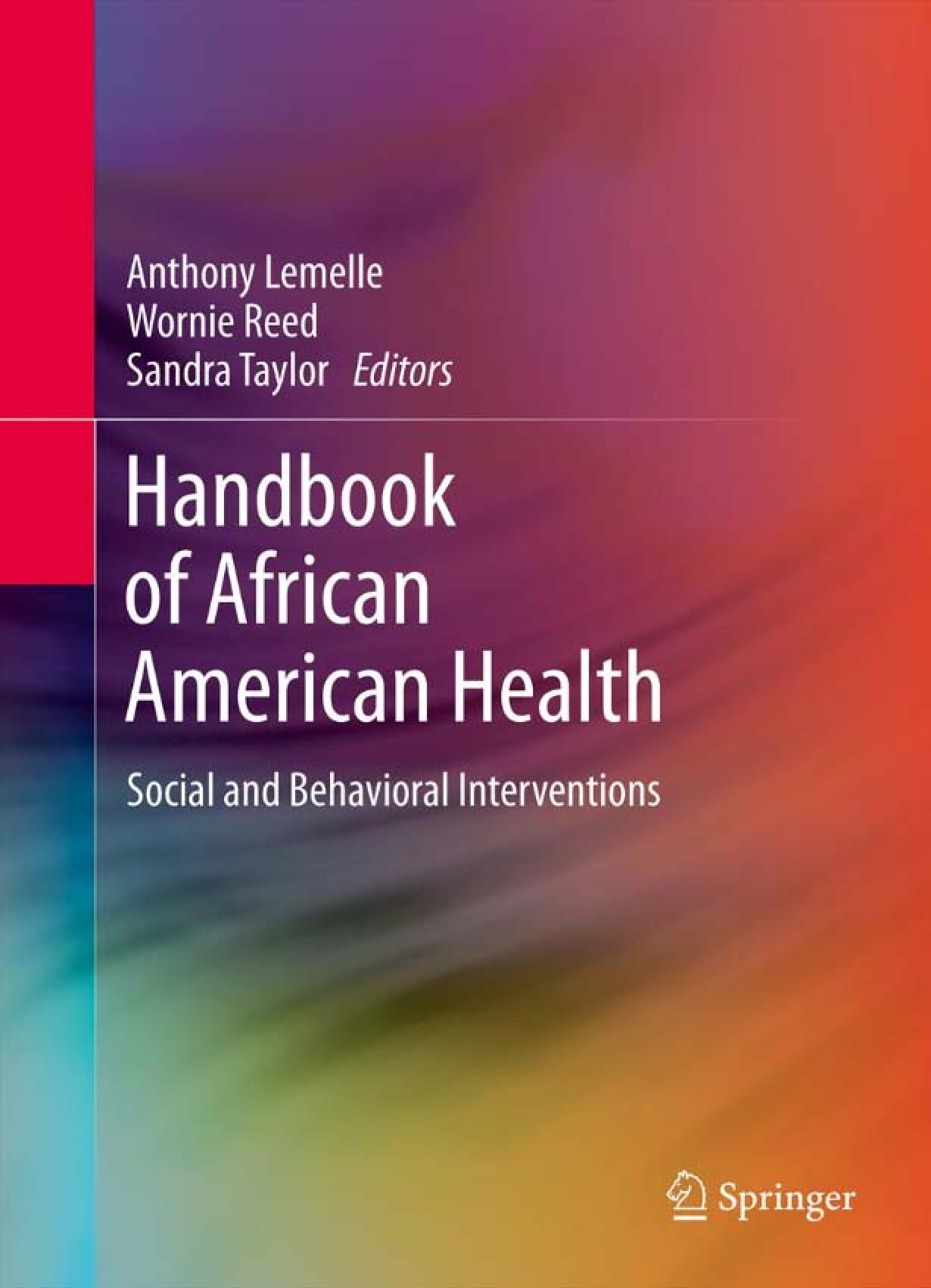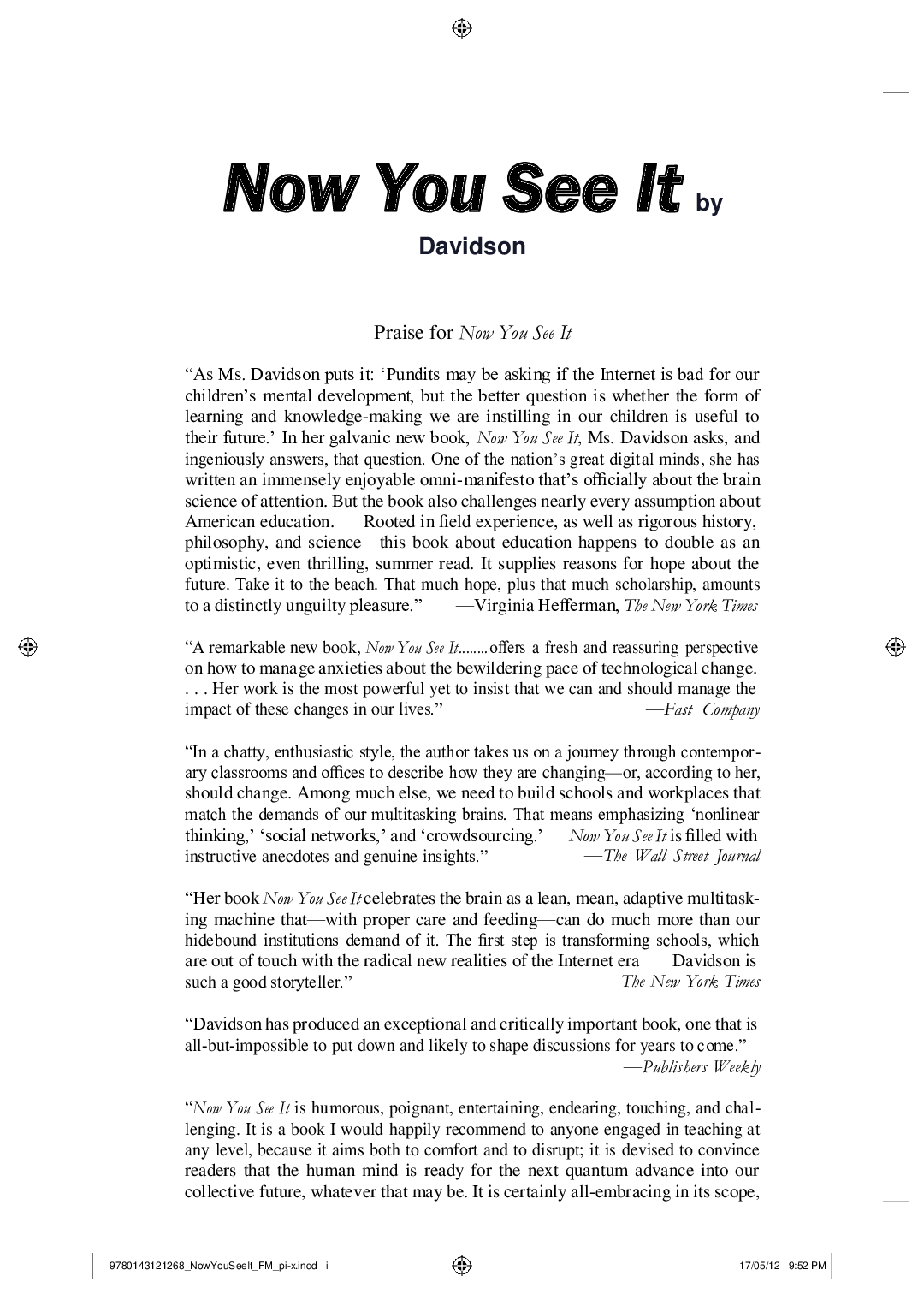Mathematics > eBook-PDF > Hammer and hoe Alabama Communists during the Great Depression (Statistics, Trade union, Southern Uni (All)
Hammer and hoe Alabama Communists during the Great Depression (Statistics, Trade union, Southern United States, Alabama Communists)
Document Content and Description Below
HAMMER AND HOE T H E FRED W. M O R R I S O N SERIES IN S O U T H E R N STUDIES HAMMER AND HOE ALABAMA COMMUNISTS DURING THE GREAT DEPRESSION ROBIN D. G. KELLEY THE UNIVERSITY OF NORTH CAROLINA PRESS ... . CHAPEL HILL AND LONDON O 1990 The University of North Carolina Press All rights reserved Manufactured in the United States of America The paper in this book meets the guidelines for permanence and durability of the Committee on Production Guidelines for Book Longevity of the Council on Library Resources. Library of Congress Cataloging-in-Publication Data Kelley, Robin D. G. Hammer and hoe :Alabama Communists during the Great DepressionI by Robin D. G. Kelley. p. cm.+The Fred W.Morrison series in Southern studies) Includes bibliographical references. ISBN 0-8078-1921-2 (alk. paper).-ISBN 0-80784288-5 (pbk : alk. paper) I.Communism-Alabama-History-20th Alabama-History-20th I.Title. II.Series. HX9 1.A2K45 1 990 324.276 1 '075'09042-dc20 century. 2. Communists- century. 3. Depressions-l 929-Alabama. n memory of Hosea Hudson, griot of Alabama radicalism, I whose assiduous note-taking and impeccable memory made this book possible, and for Diedra Harris-Kelley, whose love, criticism, encouragement, and heroic tolerance for living in poverty made this book a reality .. .. CONTENTS Preface xi Acknowledgments xvii Abbreviations xxi Prologue. Radical Genesis: Birmingham, 1870-1930 1 P A R T 1. T H E U N D E R G R O U N D , 1929-1935 ONE An Invisible Army: Jobs, Relief, and the Birth of a Movement 13 TWO In Egyptland: The Share Croppers' Union 34 THREE FOUR FIVE Organize or Starve!: Communists, Labor, and Antiradical Violence 57 In the Heart of the Trouble: Race, Sex, and the ILD 78 Negroes Ain' Black-But Red!: Black Communists and the Culture of Opposition 92 P A R T 11. UP FROM BOLSHEVISM, 1935-1939 SIX The Road to Legality: The Popular Front in Birmingham, 1935-1937 119 SEVEN The CIO's in Dixie! EIGHT Old Slaves, New Deal: Communists and the WPA 152 NINE TEN 138 The Popular Front in Rural Alabama The Democratic Front 176 159 viii CONTENTS P A R T Ill. BACK TO T H E TRENCHES, 1939-1 9 4 1 ELEVEN The March of Southern Youth! 195 Epilogue. Fade to Black: The Invisible Army in War, Revolution, and Beyond 220 Notes 233 Bibliography 301 Index 335 .. . 0 0 ILLUSTRATIONS Black convict laborers, Banner Mine, Alabama 6 A1 Murphy 24 Hosea Hudson 26 Sharecropping family, near Eutaw, Alabama 35 Lemon Johnson, SCU secretary of Hope Hull, Alabama, local 45 Company suburb 58 Clyde Johnson 62 "Meat for the Buzzards!" 66 Anti-Communist handbill distributed by the Ku Klux Klan 75 "Fight Lynch Terror!" 97 "Smash the Bamers!" 98 District 17 secretary Robert Fowler Hall 127 Sit-down strike, American Casting Company, Birmingham, 1937 145 Share Croppers' Union membership card 162 Eugene "Bull" Connor, Birmingham city commissioner 187 League of Young Southerners 198 Ethel Lee Goodman 204 Segregated audience in Montgomery awaits Henry Wallace, 1948 229 .. . PREFACE Ain't no foreign country in the world foreign as Alabama to a New Yorker. They know all about England, maybe, France, never met one who knew 'Bama.' -Anonymous black Communist, 1945 A Daily Worker fter spending several years hobnobbing with European, Asian, and Soviet dignitaries of the Third International, correspondent Joseph North made a most unforgettable journey to, of all places, Chambers County, Alabama. Traveling surreptitiously with a black Birmingham Communist as his escort, North reached his destination-the tumbledown shack of a "sharecropper comrade''-in the wee hours of the night. The dark figure who greeted the two men "had read the Worker for years; solid and reliable, he was respected by his folk here, who regarded him as a 'man with answers.' The sharecropper was an elder in the Zion [A.] M.E. Church, who 'trusts God but keeps his powder dry'; reads his Bible every night, can quote from the Book of Daniel and the Book of Job . . . and he's been studying the Stalin book on the nation question."' Although North's visit took place in 1945, on the eve of the Alabama Party's collapse, the "sharecropper comrade" he describes above epitomized the complex, seemingly contradictory radical legacy the Party left behind. Built from scratch by working people without a Euro-American left-wing tradition, the Alabama Communist Party was enveloped by the cultures and ideas of its constituency. Composed largely of poor blacks, most of whom were semiliterate and devoutly religious, the Alabama cadre also drew a small circle of white folks-whose ranks swelled or diminished over time-ranging from ex-Klansmen to former Wobblies, unemployed male industrial workers to iconoclastic youth, restless housewives to renegade IiberaIs. These unlikely radicals, their milieu, and the movement they created make up the central subjects of this book. Heeding Victoria de Grazia's appeal to historians of the American Left for "a social history of politics," I have tried to construct a narrative that examines Communist political opposition through the lenses of social and cultural history, paying particular attention to the worlds from which these radicals came, the worlds in which they lived, and the imaginary worlds they sought to build. I pluralize "worlds" to emphasize the myriad individual and collective differences within the Alabama Communist movement. Those assembled under the red xii PREFACE banner did not all share the same vision of radical opposition, nor were they motivated by the same circumstances. Neither the "Jimmy (or Jane) Higginses" of historian Aileen Kraditor's mind nor the doughty, selfless caricatures of left-wing fiction, these woken and men came from the farms, factories, mines, kitchens, and city streets, not as intellectual blank sheets but loaded down with cultural and ideological baggage molded by their race, class, gender, work, community, region, history, upbringing, and collective memory. Their ideas and concerns shaped the Party's political practice and social life at the most local level. And, in turn, Alabama radicals were themselves shaped by local CP leaders' efforts to change the way "ordinary" people thought about politics, history, and society. What emerged was a malleable movement rooted in a variety of different pasts, reflecting a variety of different voices, and incorporating countless contradictory tendencies. The movement's very existence validates literary critic Mikhail Bakhtin's observation that a culture is not static but open, "capable of death and renewal, transcending itself, that is exceeding its own boundarie~."~ And Alabama Communists had titanic boundaries to exceed. More than in the Northeast and Midwest, the regional incubators of American Communism, race pervaded virtually every aspect of Southern society. The relations between industrial labor and capital, and landlords and tenants, were clouded by divisions based on skin color. On the surface, at least, it seemed that there existed two separate racial communities in the segregated South that only intersected in the world of work or at the marketplace. Sharp class distinctions endured within both black and white communities, but racism tended to veil, and at times arrest, intraracial class conflict as well as interracial working-class unity. Alabama Party leaders could not escape the prevalence of race, despite their unambiguous emphasis on class-based politics. Indeed, during its first five years in Alabama, the CP inevitably evolved into a "race" organization, a working-class alternative to the NAACP. As Nell Painter observed, the rank-and-file folk "made the Party their own. In Alabama in the 19303, the CP was a southern, workingclass black ~r~anization."~ The homegrown radicalism that had germinated in poor black communities and,among tiny circles of white rebels remained deep underground. Alabama Communists did not have much choice. Their challenge to racism and to the status quo prompted a wave of repression one might think inconceivable in a democratic country. The extent and character of antiradical repression in the South constitute a crucial part of our story. When we ponder Werner Sombart's question, "Why is there no socialism in the United States?'in light of the South, violence and lawlessness loom large. The fact is, the CP and its auxiliaries in Alabama did have a considerable following, some of whom devoured Marxist literature and dreamed of a socialist world. But to be a Communist, an ILD member, or an SCU PREFACE xiit militant was to face the possibility of imprisonment, beatings, kidnapping, and even death. And yet the Party survived, and at times thrived, in this thoroughly racist, racially divided, and repressive social world. Indeed, most scholars have underestimated the Southern Left and have underrated the role violence played in quashing radical movements. Religious fundamentalism, white racism, black ignorance or indifference, the Communists' presumed insensitivity to Southern culture, their advocacy of black self-determinationduring the early 1930s, and an overall lack of class consciousness are all oft-cited explanations for the Party's "failure" to attract Southern worker^.^ The experiences of Alabama Communists, however, suggest that racial divisions were far more fluid and Southern working-class consciousness far more complex than most historians have realized. The African-Americans who made up the Alabama radical movement experienced and opposed race and class oppression as a totality. The Party and its various auxiliaries served as vehicles for black working-class opposition on a variety of different levels ranging from antiracist activities to intraracial class conflict. Furthermore, the CP attracted some openly bigoted whites despite its militant antiracist slogans. The Party also drew women whose efforts to overcome gender-defined limitations proved more decisive to their radicalization than did either race or class issues. I suppose I should say something about the now infamous debate over the CPUSA's relationship to the Communist International. Although it had been brewing since the "new social historians," who sought to rewrite CP history from the "bottom up," challenged earlier studies by Theodore Draper and others depicting American Communists as veritable puppets of Kremlin intrigue, the controversy reached a climax in 1985 when battle lines were drawn between pro- and anti-Draper forces and a deluge of . ~a twentyletters and articles engulfed the New York Review of ~ o o k sAs three-year-old graduate student about to embark on what would have been a multivolume dissertation on the Communist Party in South Africa and the American South, I was eager to enter the fray. But as I was an unknown entity in the academic community with only a book review to my credit, no respectablejournal or newspaper would have taken me seriously. Nevertheless, my youth and anonymity turned out to be a blessing in disguise, for after having spent the next four years living and breathing Alabama CP history, the whole debate seems, in retrospect, rather superfluous, even silly. Of course the Alabama cadre dutifully followed national and international leadership, just as Birmingham NAACP leaders jumped at every directive handed down from their executive secretary Walter White. Local Communists cried out for direction, especially after wrestling with vague theoretical treatises on capital's crisis or on the growing specter of fascism. Though they knowingly bucked national leadership decisions on a few occasions, local cadre tried their best to apply the then current political line xiv . PREFACE to the tasks at hand. But because neither Joe Stalin, Earl Browder, nor William Z. Foster spoke directly to them or to their daily problems, Alabama Communists developed strategies and tactics in response to local circumstances that, in most cases, had nothing to do with international crises. Besides, if Alabamians had waited patiently for orders from Moscow, they might still be waiting today. Not only were lines of communication between New York and Birmingham hazy throughout the 1930s and 1940s, but Birmingham Communists had enough difficulty maintaining contact with comrades as close as Tallapoosa County. The complex and decentralized structure of Party organization in Alabama requires a nuanced, somewhat detailed narrative sensitive to local history. Hammer and Hoe examines Party activity in the neighborhoods, industrial suburbs, company towns of the greater Birmingham-Bessemer area, the black belt and its urban centers of Montgomery and Selma, and the eastern piedmont counties. When possible, I have tried to chronicle CP work in Mobile as well as in several northern Alabama counties, but Communists there did not have much of a public presence and left very few records. The organization of this book, therefore, reflects the Party's multiissue, multicommunity focus. Following a brief portrait of Birmingham from its inception to the Great Depression, Part I reconstructs the period from 1930 to 1935 in five thematic chapters. Chapter 1 documents the Party's origins and early organizing efforts among Birmingham's jobless from 1930 to 1933. Turning to the countryside, chapter 2 chronicles the Share Croppers' Union's first five years and offers some insights into the context and character of rural radicalism. The Party's industrial organizing efforts and the intensification of antiradical repression during the 1934 strike wave are the focus of chapter 3. The fourth chapter looks at thc CPled International Labor Defense's challenge to black middle-class leadership and examines the racial, class, and sexual dimensions of the ILD's involvement in alleged rape cases. The final chapter in Part I steps back from the narrative for a moment and explores the social, ideological, and cultural foundations of radicalism among black Communists, the ways in which Marxist pedagogy influenced their outlook, and the Party's role in shaping class conflict within the black community. Part 11, which deals with the Popular Front (1935-39), adopts a similar thematic format. Chapter 6 (1935-37) traces local leaders' response to and interpretation of the new policy, discusses Communist efforts to build alliances with Southern liberals, and examines the effect of Popular Front politics on the Party's rank-and-file. Chapters 7 through 9 analyze the Communists' role in building both the Congress of Industrial Organizations and the Workers' AlIiance and document the collapse of the Share Croppers' Union. These three chapters, along with chapter 6, explain the decline in black Party membership during the Popular Front. The Birmingham CP's retreat from working-class militancy and entrance into the world of South- PREFACE xv ern liberalism-the period from 1937 to 1939-are the subjects of chapter 10. Part 111, which covers the historical moment from the Nazi-Soviet Pact to U.S. entry into World War 11, consists of a single chapter. Here we find the Party on the road to revitalization, not as an autonomous organization but as part of a much broader, radical interracial youth movement. Finally, the Epilogue sweeps through the war and postwar periods, reconstructing the Party's ultimate demise and ruminating on the legacy it left behind. In closing, 1 should add that some of the stories herein have been told before. Two decades ago an old black farmer named Ned Cobb shared his recollections of the Communist-led Share Croppers' Union with Theodore and Dale Rosengarten. The result was the moving narrative All God's Dangers (1974). Another participant-griot, Hosea Hudson, preserved the struggles of Birmingham Communists in his heavily edited book, Black Worker in the Deep South (1972). A few years later, the richness and complexity of Hudson's life and the lives of his comrades were brilliantly captured by Nell Irvin Painter in The Narrative of Hosea Hudson, His Life as a Negro Communist in the South (1979). Two magnificent oral memoirs are a hell of an act to follow. No university-trained historian can match the beauty and grace of Cobb's and Hudson's storytelling, nor can she or he convey, with all the required subtleties, the feelings, the fears, the pride, the confusion-the mosaic of emotions that went with being black and radical in the depression South. In order to truly appreciate the men and women who made the movement, I urge all to read Rosengarten's and Painter's wonderful narratives as companion volumes to this book. The saga of the Alabama Communist Party is but a chapter in a larger work waiting to be written. Communists were all over the South, from Chattanooga, Tennessee, to Oxford, Mississippi, influencing communities and individuals in ways we have yet to understand, making history we have yet to know. Though they never seized state power or led a successful socialist revolution below the Mason-Dixon line, Communists deserve a place in Southern history. As former Alabama Party leader Robert Fowler Hall argued a few years ago, "If the courage of white liberals, though ineffective, is worth a book, the courage of Southern Communists during those three decades justifies some foo~notes."~ At the very least, some books. Atlanta and Chapel Hill July 1989 .. ... . ACKNOWLEDGMENTS T he personal debts I've incurred while working on this book have made me more sensitive to the plight of gamblers and Third World nations. I am especially grateful to those who fed and housed me during various stages of research and writing. Major funding was provided by the Institute of American Cultures, Center for AfroAmerican Studies, UCLA; the Dorothy Danforth Compton Fellowship; the UCLA Graduate Affirmative Affairs Office; and the Carolina Minority Post-Doctoral Fellowship, University of North Carolina, Chapel Hill. For such generous financial support I owe a great deal to Claudia MitchellKernan, Belinda Tucker, Cheryl Armstrong-Turner, and Edward Alpers. My tenure with the UCLA Oral History Project, under the kind and sensitive direction of Dale Trelevan, not only provided crucial financial assistance but proved an excellent training ground. Family, friends, and folks I hardly knew at first gave more than any grant or fellowship could ever give. The many people who opened their homes, hearts, and/or purses include my sister and brother-in-law, Makani Themba-Parish and Van Parish; my mother, Ananda Sattwa; my younger siblings, Meilan Carter, Chris Kelley, and Idrissa Morehouse; my grandmother, "G-Ma" Carmen Chambers; my mother-in-law Annette Rohan; my father and his wife, Donald Kelley and Mary Kay; my cousin Arlene Liddie; Professors Robert and Melbourne Cummings; Kamili Anderson; Regina Woodlen; Toni Cook; Eugene Mackie; Kathleen Mackie; Shawn Baccus; Barbara Saunders; "Old Man" Joe Moton; Stephanie Webb and her wonderful family; Abagail van Alstyne; and Redding Pitt. Without these folks I'd still be in graduate school, posturing and crying broke. Those Communists, ex-Communists, and miscellaneous observers who took time out to discuss their experiences warrant more than an acknowledgment-they deserve downright praise. I shall be forever grateful to Hosea Hudson and Lemon Johnson, both of whom passed away before this book was completed; Charles Smith; James E. Jackson; Esther Cooper Jackson; Marge Frantz; Laurent Frantz; Alice (Burke) Jarvis; H. D. Coke; Clyde and Ann Johnson; Rob Hall and his family; Gil Green; the late xviil ACKNOWLEDGMENTS H. L. Mitchell; Anne Braden; Ned Harrison; Junius Scales; and Don Wheeldin. Marge Frantz, James and Esther Jackson, and Clyde Johnson read all or part of the manuscript and offered critical suggestions and corrections; Marge and Laurent shared precious FOIPA FBI documents pertaining to their activities in Alabama, as well as those of Joseph Gelders. The late James S. Allen, Josh Dunson, and Milicent Selsam were gracious enough to provide me with a copy of Allen's unpublished manuscript and permitted... [Show More]
Last updated: 2 years ago
Preview 1 out of 396 pages

Buy this document to get the full access instantly
Instant Download Access after purchase
Buy NowInstant download
We Accept:

Reviews( 0 )
$18.00
Can't find what you want? Try our AI powered Search
Document information
Connected school, study & course
About the document
Uploaded On
Mar 03, 2022
Number of pages
396
Written in
Additional information
This document has been written for:
Uploaded
Mar 03, 2022
Downloads
0
Views
101

.png)







.png)



